Have you ever wondered if it was possible to plant African violets outside? If so, then you’ve come to the right place! African Violets are some of the most beautiful and desired flowering plants – their intense colors and lush foliage make them perfect for anyone wanting to spruce up their garden with an exotic touch. But while much is known about how best to care for them indoors, there’s still a lot of mystery around whether or not they can grow in an outdoor environment. In this blog post, we’ll be tackling this topic head-on. We’ll cover everything from what kind of climate these gorgeous blooms require, which varieties are suitable for planting outside, how to create optimal conditions for growth outdoors – plus plenty of tips on how long your colorful additions will last.
African Violets
African Violets (Saintpaulia) have captured the hearts of botanists and gardeners alike, thanks to their exquisite, velvety foliage and vibrant, round clusters of flowers. Native to Tanzania and adjacent southeastern Kenya in eastern tropical Africa, these plants were discovered in 1892 by Baron Walter von Saint Paul-Illaire, the then German governor of Tanganyika (now Tanzania). Intrigued by the plant’s beauty, he sent the seeds back to his father in Germany, where it was subsequently named in his honor. [1]
Despite their exotic origins, African Violets have been bred extensively for over a century now, resulting in thousands of hybrid varieties, each with their own unique color patterns and leaf shapes. They range from miniature plants of less than three inches in diameter to large specimens that can reach over a foot across. With their lush, evergreen foliage and the ability to bloom throughout the year, African Violets bring a slice of tropical paradise into any indoor setting.
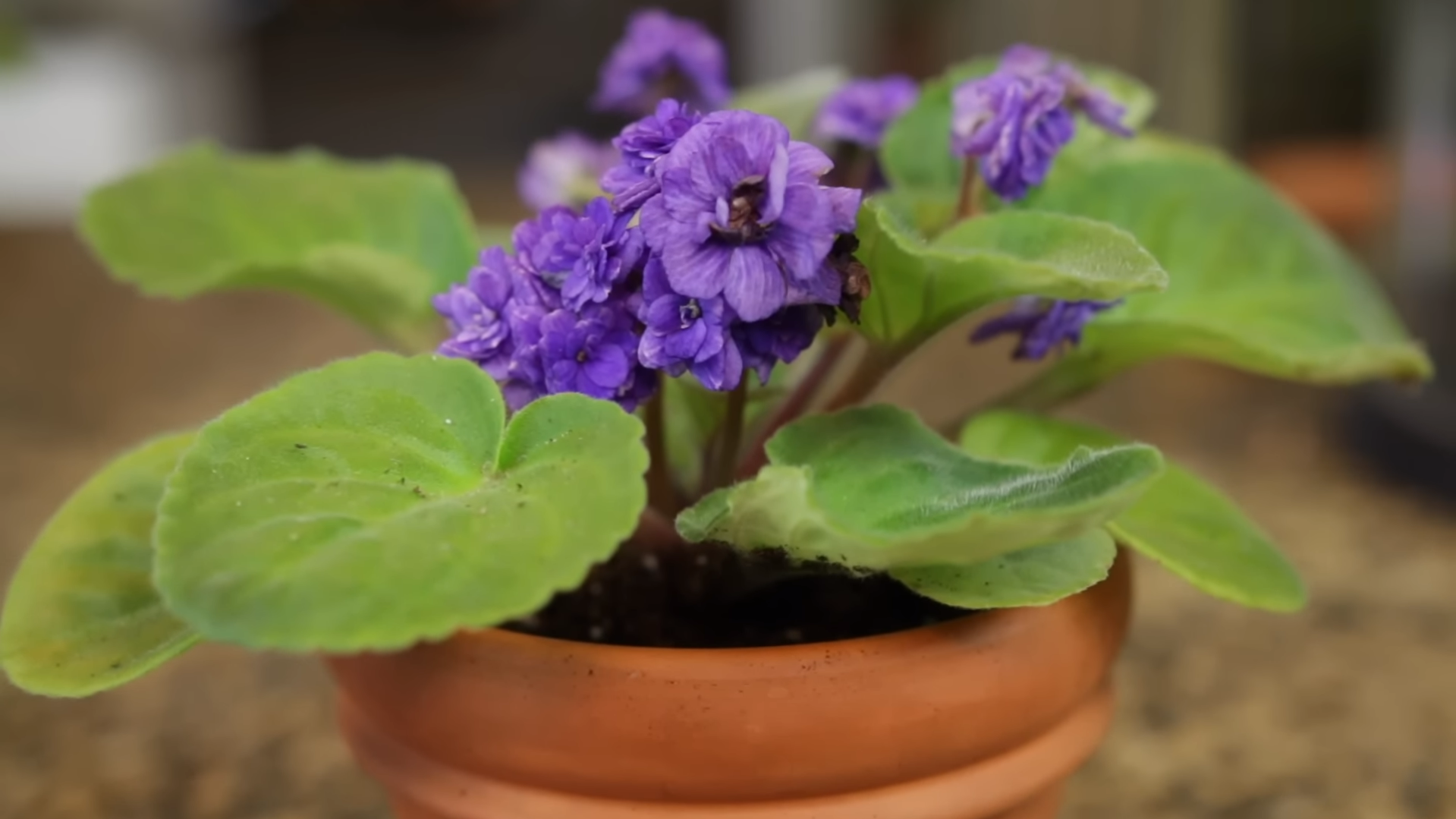
Characteristics & Types
African Violets are characterized by their velvet-like leaves and vivid, round clusters of flowers. Their petals can be single or double, and their colors vary from species to species, encompassing a broad palette of purples, blues, pinks, reds, and whites. Some types even feature bicolored or multicolored blooms, creating a stunning visual display.
There are three primary types of African Violets:
- Standard African Violets: Standard African Violets are the most common type. They typically grow between 8 to 16 inches in diameter and feature single, semi-double, or double flowers.
- Miniature African Violets: Miniature African Violets are petite in size, generally growing to no more than 6 inches in diameter. Despite their small stature, they produce a wealth of blooms, often exceeding those of their standard counterparts.
- Trailing African Violets: Trailing African Violets have a unique growth habit, producing multiple crowns that cascade over the sides of their pots, creating a waterfall-like effect.
Popularity of African Violets as outdoor decoration
African Violets have gained considerable popularity as outdoor decorations for their unique aesthetic appeal and colorful blooms that provide a captivating visual contrast against the greenery in gardens. Their compact growth habit makes them suitable for various outdoor spaces, from extensive garden landscapes to small patio containers or hanging baskets. Their wide range of colors and forms also offer a myriad palette of design possibilities, allowing gardeners to create striking floral displays that can be tailored to personal tastes or themed garden concepts.
Moreover, the versatility of African Violets extends beyond their visual appeal. Outdoor cultivation of these plants provides an engaging hobby for plant lovers, promoting a deeper understanding and appreciation of nature’s diversity. This is evident in the numerous African Violet societies and clubs that have sprung up worldwide, where hobbyists and experts alike gather to share their experiences, knowledge, and passion for these vibrant plants.
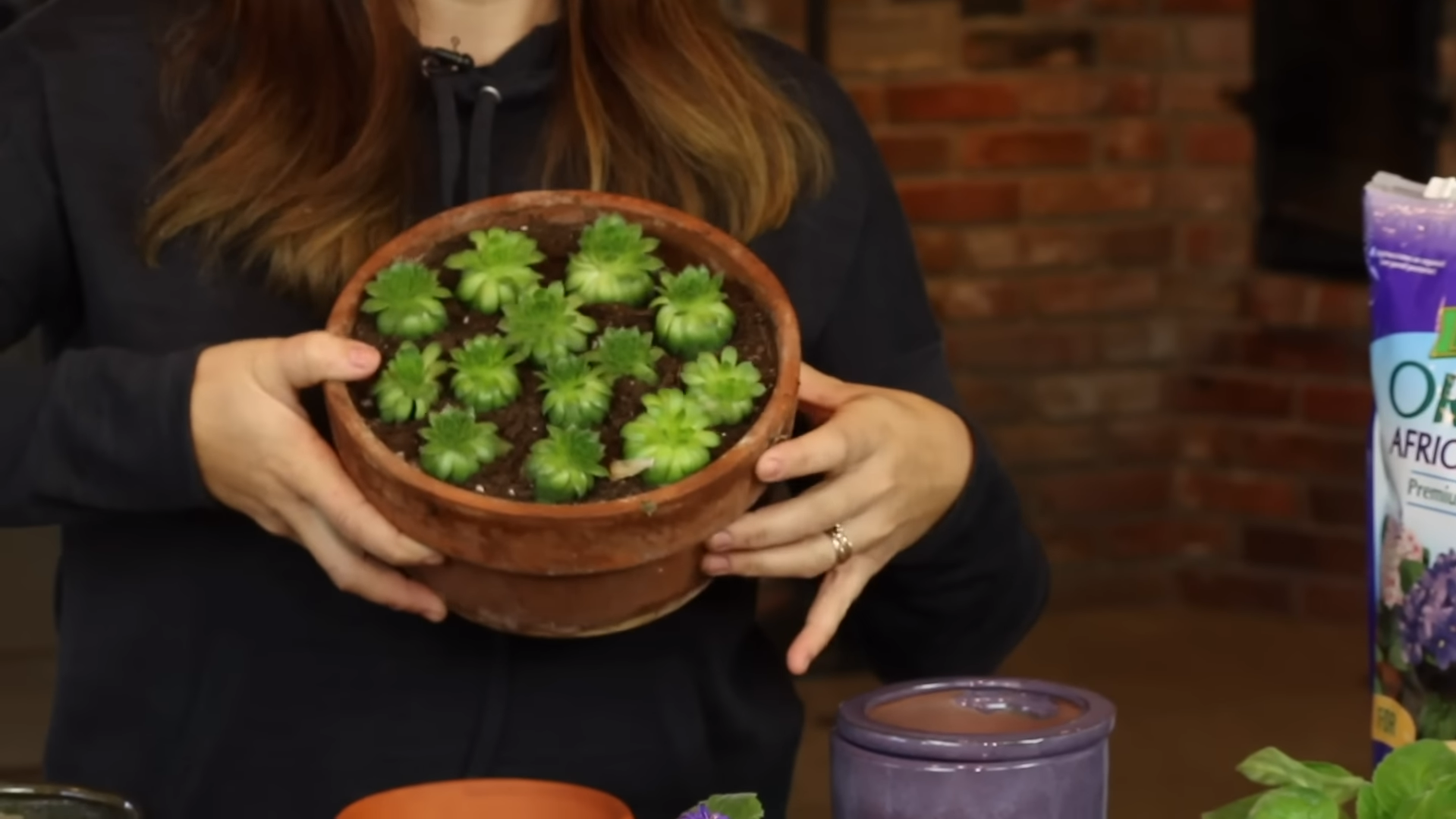
Considerations Before Planting African Violets Outside
Sunlight Exposure: African Violets thrive in medium to bright indirect light. Direct sunlight, especially during the hot summer months, can scorch the leaves and cause permanent damage. Hence, it’s crucial to find a spot that receives filtered sunlight or a place with morning sun and afternoon shade when planting African Violets outdoors.
Watering: African Violets need to be watered regularly but sparingly. It’s best to water the soil directly, avoiding the leaves as much as possible as wet leaves can lead to fungal growth.
Temperature: While these plants can tolerate a wide range of temperatures, they prefer a mild to warm climate. Extreme cold or hot temperatures can cause stress to the plant, affecting its growth and blooming.
Pest and Disease Control:Outdoor cultivation can expose African Violets to various pests and diseases. Regular monitoring and prompt treatment can help maintain the health and appearance of these plants. It’s also advisable to use organic pest control methods to maintain the ecological balance in your garden.
Steps to Successfully Plant African Violets Outside
Now that we have an understanding of the necessary conditions for successfully growing African Violets outdoors, we can begin the process of planting. This section offers a detailed guide on successfully planting African Violets outdoors, guaranteeing their thriving in the new surroundings. From preparing the soil to the actual planting and maintenance, we’ll cover everything you need to know to help your African Violets flourish in the great outdoors.
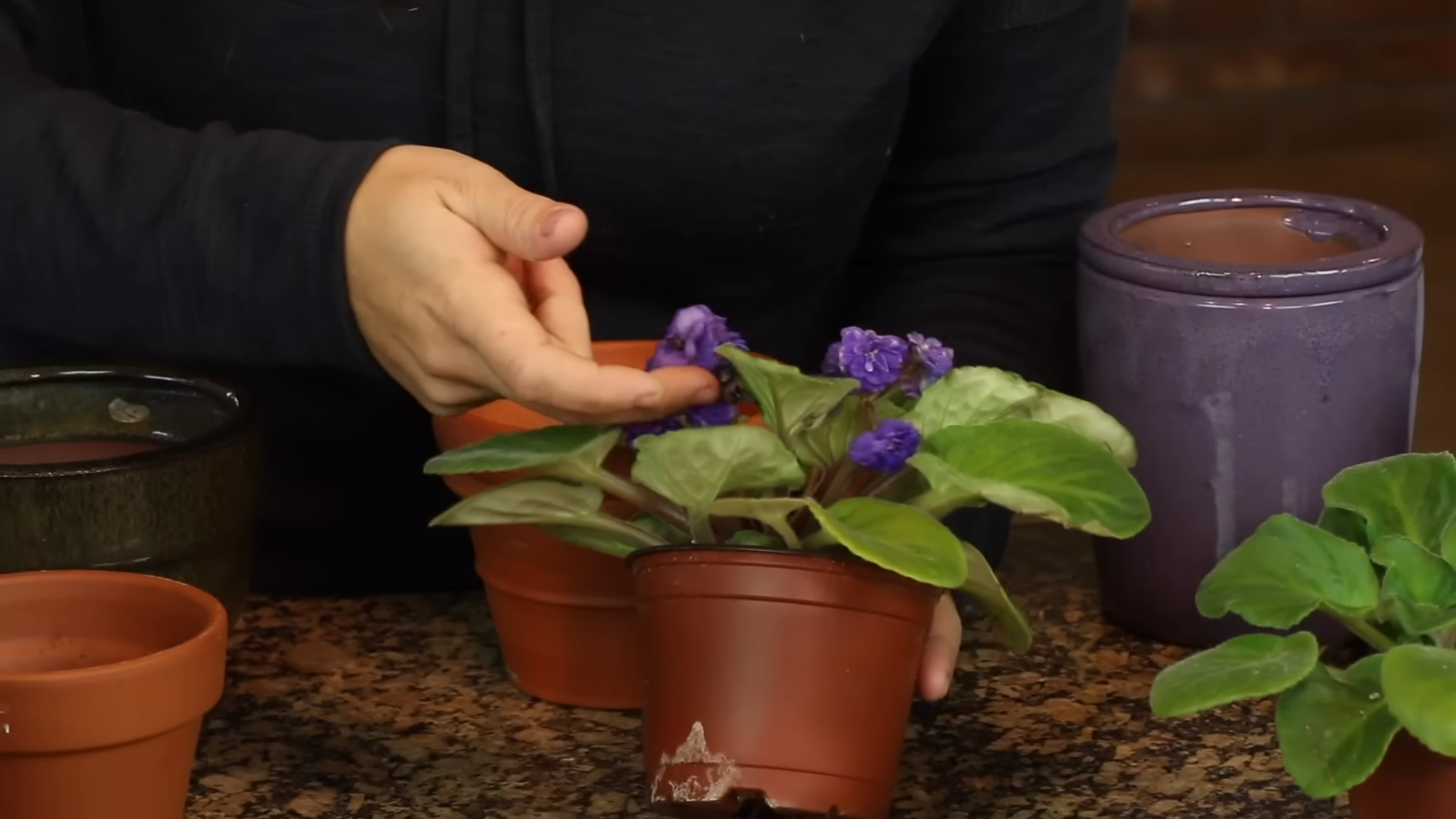
Planting Timing
The timing of when you plant African Violets is crucial to their successful growth outdoors. The best season for planting African Violets outside is either in the late spring or early fall. These seasons are optimal because the temperature is mild and the weather conditions aren’t too harsh for the young plants. [2] It also allows the plants enough time to establish their roots before the temperature extremes of summer or winter set in.
Understanding and adhering to these guidelines about the right planting time can significantly affect how well your African Violets grow and bloom. It also ensures they aren’t subjected to unnecessary stress which could hamper their growth and overall health.
Location Selection
The location where you choose to plant your African Violets is as vital as the timing. The right location promotes healthy growth and contributes significantly to the plant’s overall well-being.
When choosing a location for your African Violets, consider the direction of sunlight and the period of sun exposure. Morning sunlight is often gentler than afternoon sunlight. An east or north-facing location is typically ideal. Also, look for a spot where the soil is loose, rich, and well-draining. If the soil is dense or clayey, you might need to amend it with organic matter or consider using raised beds.
Soil Preparation
Soil is the foundation of any gardening endeavor. It is where your African Violets will get most of their nutrients, water, and air. The quality and type of soil directly influence the health, growth, and flowering of your plants.
Flowers thrive best in soil that has a pH level ranging from 5.5 to 6.5, which could be described as mildly acidic. [3] The soil should be light and airy to allow the roots to breathe and water to drain effectively. An excellent choice consists of a blend of peat moss, vermiculite, and perlite. This combination retains moisture, provides good aeration, and is slightly acidic, which is ideal for African Violets.
This particular soil blend is highly suitable for African Violets as it offers an optimal equilibrium between water retention and drainage. It ensures adequate moisture for proper hydration of the plants while also facilitating drainage to prevent waterlogging. The slightly acidic pH of this mixture is perfect for African Violets as it allows them to absorb nutrients effectively.
Growing Technique
- Prepare your pot: Ensure that your pot has adequate drainage holes. If not, you can create some holes at the base of the pot to enable efficient drainage of excess water.
- Prepare the soil: Combine the peat moss, vermiculite, and perlite in equal amounts to create a well-balanced mixture. Ensure that the mixture is light and airy.
- Fill the pot: Add the soil mixture to the pot, leaving about an inch from the top.
- Place the plant: Make a small hole in the center of the soil and gently place your African Violet. The crown of the plant should be level with the soil surface.
- Cover the roots: Carefully fill in around the plant with more soil, ensuring that the roots are covered but the base of the stem is not buried.
- Water the plant: Water your African Violet gently. Aim to moisten the soil without water logging it.
- Find a suitable place: Position your plant in an area that offers sufficient indirect sunlight.
Keep in mind that flowers thrive in a humid setting. Therefore, you can enhance the moisture levels around the plant by placing the pot on a water-filled tray that has pebbles. Also, remember to rotate the pot regularly to ensure that the plant gets uniform light exposure.
Watering and Mulching
Watering and mulching constitute two key aspects of caring for African Violets. Watering keeps the plants hydrated, promotes nutrient uptake and aids in photosynthesis, while mulching helps to conserve soil moisture, regulate soil temperature, and reduce weed growth. Correct execution of these techniques is critical to maintaining plant health.
For indoor plants like African Violets, you can substitute traditional outdoor mulching materials (like wood chips) with a thin layer of sphagnum moss or fine bark. Spread the mulch around the plant’s base, ensuring that the stem remains uncovered. This protective layer aids in moisture retention, keeps the root area temperature down, and deters weed proliferation. Remember to replace the mulch as it decomposes over time to ensure a fresh, effective layer.
Caring for Outdoor African Violets
Taking care of flowers can be made easier with few handy tips and lifehacks.
- Use a Self-Watering Pot:This particular pot can guarantee a consistent water supply to your African Violets, eliminating the chance of waterlogging. It’s an excellent method for busy plant owners who can’t water regularly.
- Regular Fertilization: Balanced, water-soluble fertilizers are highly beneficial for the growth and development of African Violets. A regular feeding schedule, at least once a month, can promote lush foliage and vibrant blooms.
- Proper Lighting: Find a spot with indirect, bright light to place your African Violets. North and east-facing windows are usually the best.
- Maintain Humidity: If your home’s air is too dry, consider using a humidity tray or running a humidifier to keep the plants’ environment moist.
- Gentle Handling: Always handle African Violets with care. Their leaves are delicate and can be damaged easily. To remove dust from the leaves, you can opt to utilize a soft fabric or a brush.
Decorative Ideas for Home and Garden
African Violets are not just houseplants; they can also serve as charming decor pieces in your home or garden. Here are some creative ideas to showcase their vibrant beauty.
- Terrarium Garden: African Violets make excellent terrarium plants. You can create a mini indoor garden by incorporating them into a glass terrarium with other moisture-loving plants.
- Window Sill Display: Utilize your window sill to create a colorful display of African Violets. Choose pots that complement your interior decor for a cohesive look.
- Hanging Baskets: You can place African Violets in hanging baskets to add a splash of color to your patio or balcony. Make sure they are sheltered from strong winds and extreme weather.
- Center Table Piece: A well-grown African Violet can be an attractive centerpiece for a dining table or coffee table. Choose an ornate pot to enhance its visual appeal.
- Garden Border: If you live in a suitable climate, African Violets can make a beautiful border in your garden. They can be combined harmoniously with other plants that thrive in shady areas to create a vibrant and diverse garden display.
Frequently Asked Questions
Where is the best place to put an African violet?
The best place to put an African Violet is in a spot that receives plenty of indirect sunlight, as these plants prefer bright but filtered light. East-facing windows are often ideal. However, they also do well under fluorescent lights, making them suitable for rooms lacking natural light. It’s important to note that African Violets prefer a consistent temperature range, between 60 and 80 degrees Fahrenheit, and a humid environment. So, consider placing them in a room with a stable temperature and consider using a humidity tray or a room humidifier if the air in your home is too dry.
Are African violets better inside or outside?
African Violets typically fare better indoors. Their preference for stable temperatures, indirect sunlight, and specific humidity levels can be more easily controlled in an indoor environment. That said, they can be grown outdoors in very specific climates that meet these conditions. If you do choose to grow them outdoors, ensure they are in a shaded or semi-shaded location, protected from direct sunlight and harsh weather conditions. It’s important to monitor the outdoor violets closely and be ready to shift them indoors if the conditions become unfavorable.
What is the lifespan of an African violet?
African Violets can live a long time, with an average lifespan ranging from 5 to 50 years, or even longer. The key to their longevity is proper care. With the right conditions of light, temperature, and humidity, along with appropriate watering and fertilizing, these plants can thrive for decades. It’s important to note, however, that older plants will require a bit more care, including regular repotting and removal of old leaves, to keep them healthy and blooming.
How often should you water an African violet?
The frequency of watering African Violets can depend upon factors such as the size of the plant, the type of potting soil used, and the environment in which they are kept. However, a general rule is to water them when the top one inch of soil feels dry to the touch. This typically means watering approximately once a week. It’s crucial to water the plant with lukewarm water and avoid getting water on the leaves as this can cause damage. Always remember, African Violets prefer to be a bit too dry rather than too wet, as overwatering can lead to root rot and other problems.
Useful Video: Repotting African Violets // Garden Answer
Conclusion
To conclude, African violets are a beautiful and fragrant flower that can be successfully grown as outdoor decorations. With some knowledge and planning, you can create stunning outdoor displays with these flowers that will bring life and color to your garden. Whether in a pot or planted directly in the soil, African violets provide year-round enjoyment if they get the light and water they require to thrive. For those who have yet to give it a try, why not give planting African violets outside a shot? After all, the results could be breathtaking! People are increasingly recognizing the beauty of African violets outside, so it is well worth considering for your own garden. Educate yourself on growing techniques before you get started – with care and attention African violets can make truly remarkable outdoor decorations.
References:
- https://www.babyviolets.com/history-of-african-violet-plants/
- https://www.picturethisai.com/wiki/Saintpaulia_ionantha.html
- https://www.babyviolets.com/the-soil-and-root-ph-of-african-violet-plants/






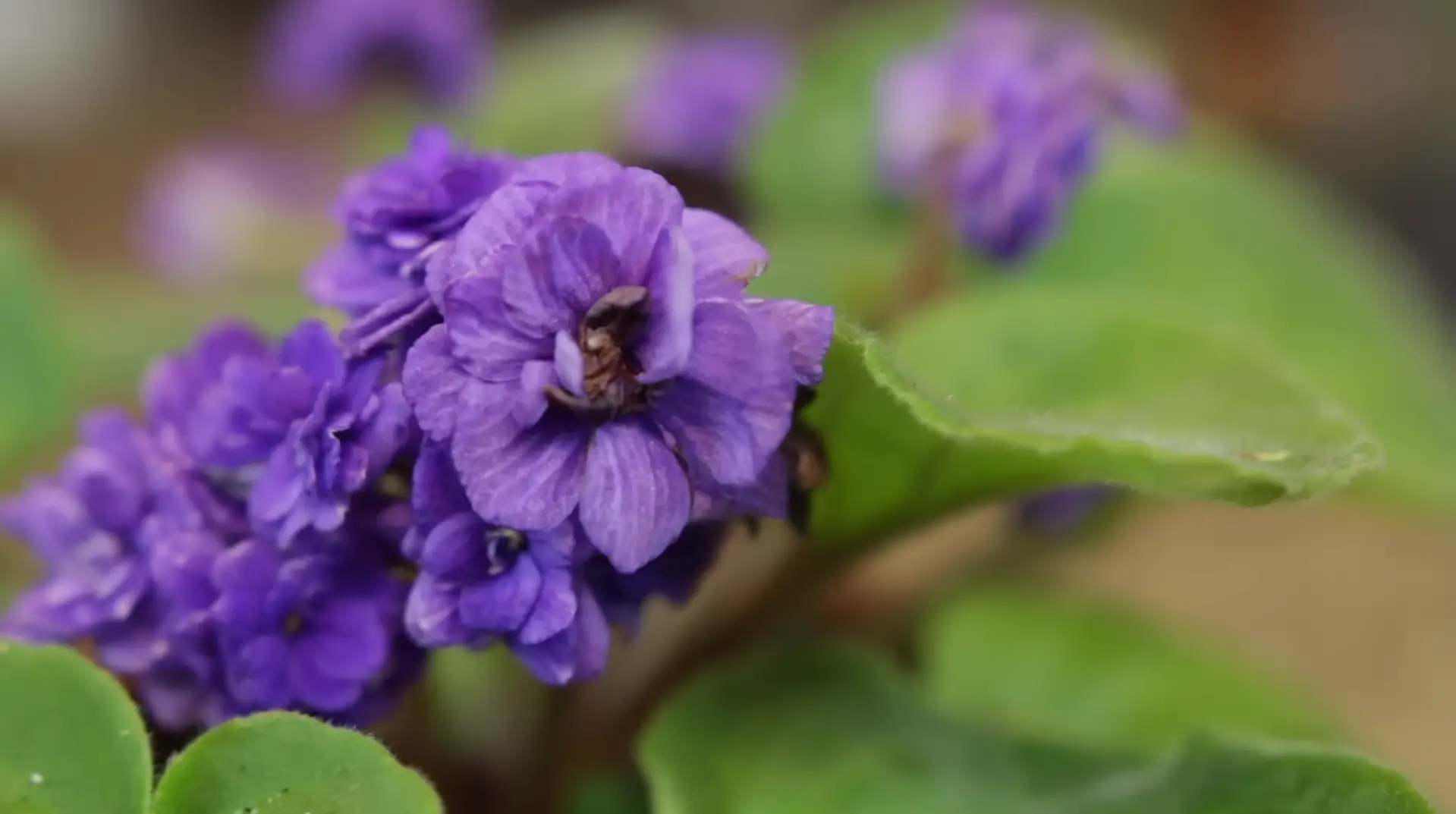
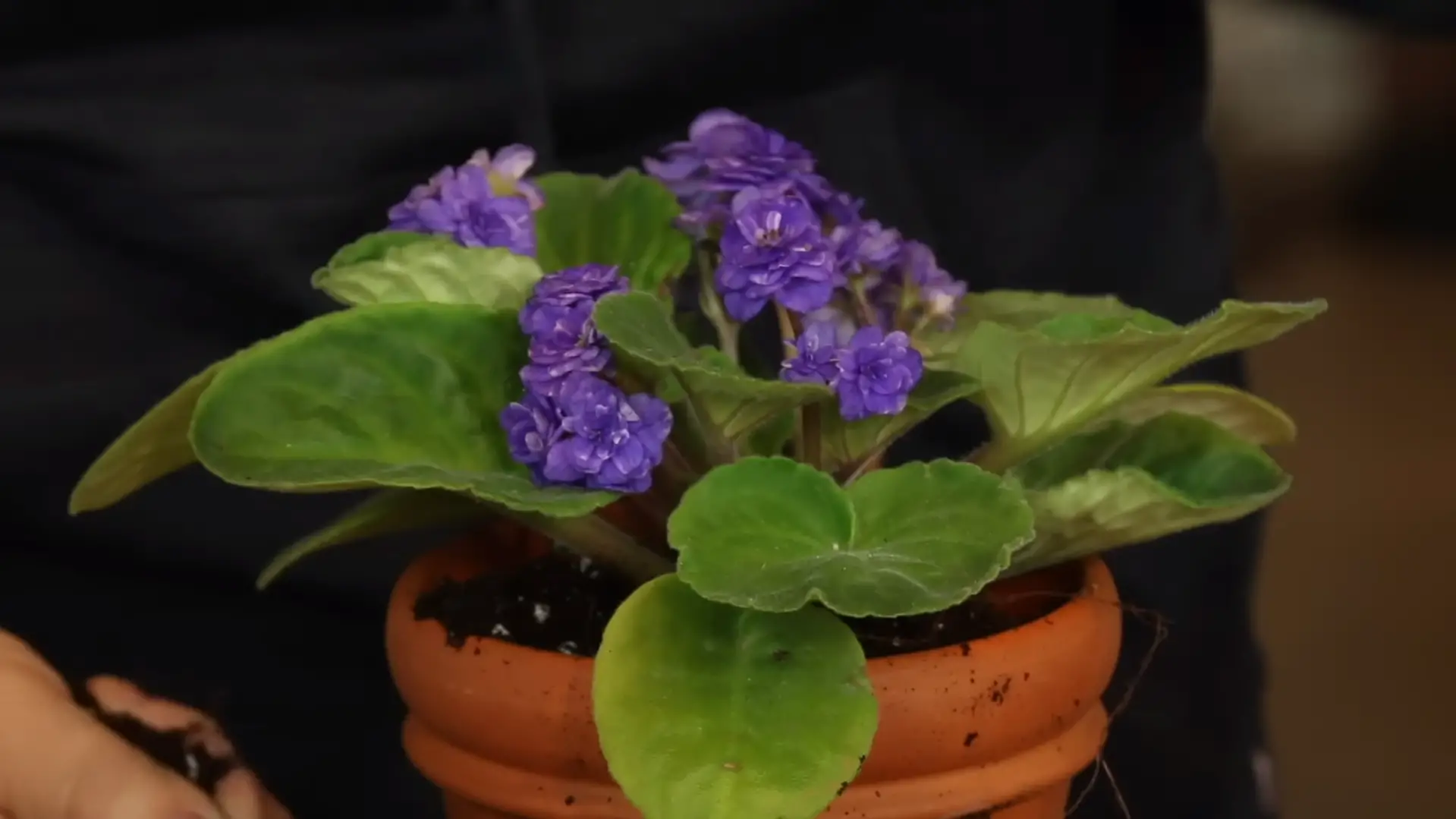
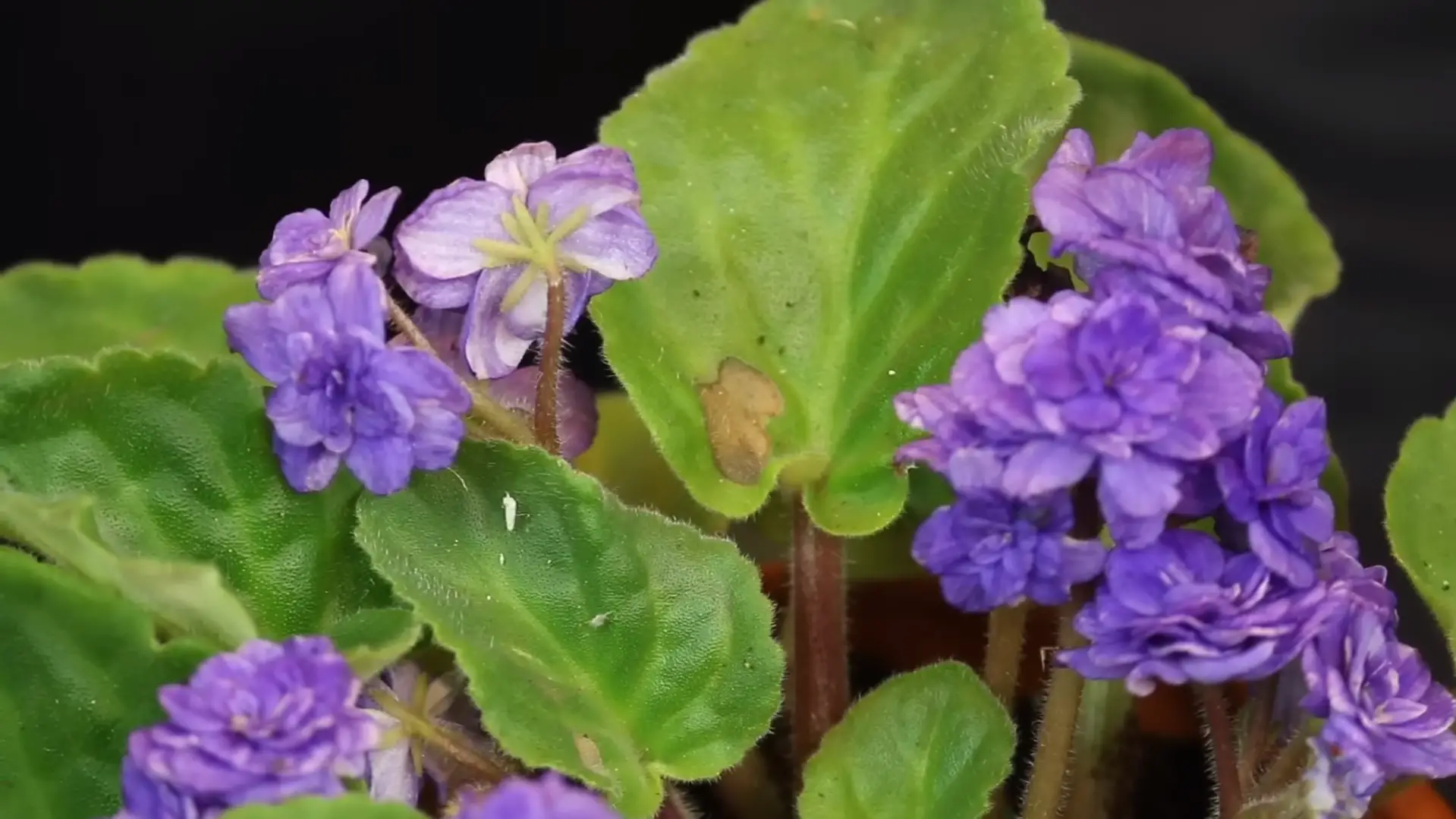




Leave a Reply
View Comments